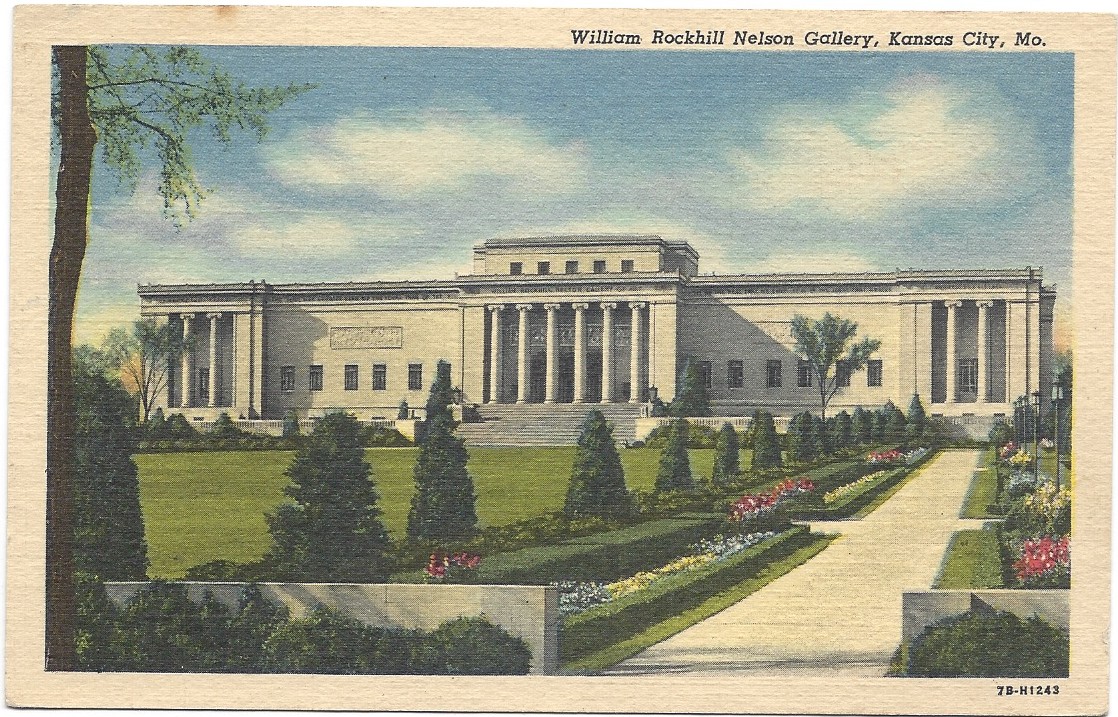The Nelson Art Museum
In 1880, Kansas City was a true cow town. It was described as “incredibly ugly and commonplace” by William Rockhill Nelson when he first arrived to the city. He claimed that if he “were to live here, the town must be made over.” Nelson went on to create The Kansas City Star newspaper the same year. He moved into a 20-acre estate near Brush Creek and spent the next 25 years as the newspaper’s publisher – and building Kansas City into more than just a cow town. At the time of his death in 1915, Nelson made it clear that his estate was to be used toward an art museum for the city, “which will contribute to the delectation and enjoyment of the public.” Unbeknownst to Nelson, someone else had an art gallery in mind, too. Mary McAfee Atkins was a schoolteacher who hailed from Kentucky and followed her husband to Kansas City in 1878. When her husband died, she became a world traveler using the estate money he left. During her travels, she developed a love for art and became determined to bring it to Kansas City. Upon her death in 1911, Atkins left the rest of her estate to fund an art museum. Nelson’s and Atkin’s money created what is now known as the Nelson-Atkins Museum of Art, which stands on Nelson’s 20-acre landplot.











